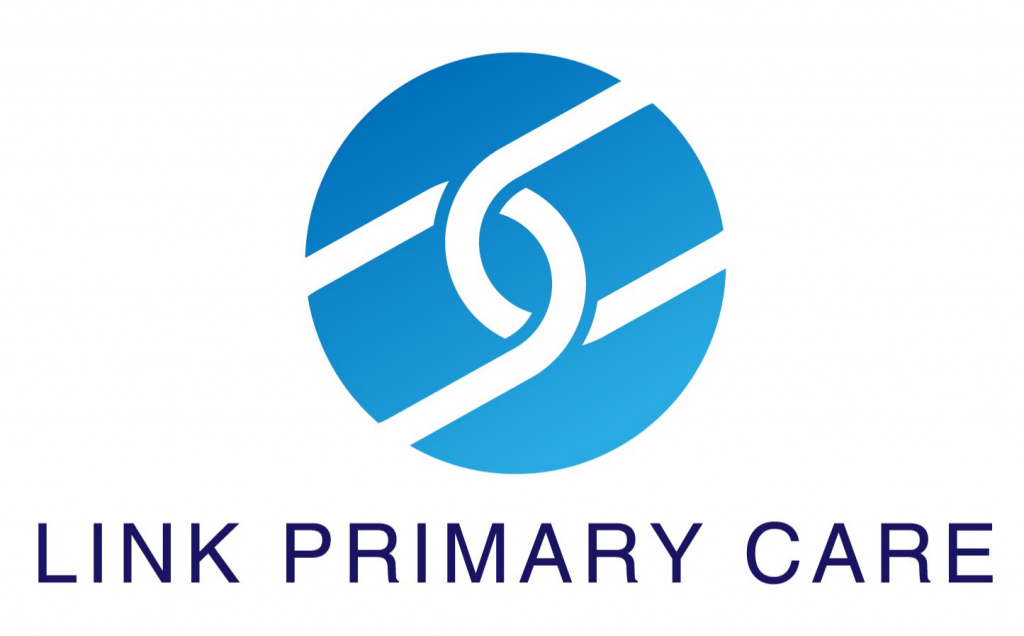Migraine headaches affect millions of people worldwide, making everyday life difficult for those who suffer from them. These headaches are not just a nuisance—they can disrupt work, family time, and your overall quality of life. Understanding migraine headaches and learning how to manage them is essential for a healthier, happier life. Let’s dive into the essential information about migraines and how we can help you find relief.
For more information about migraine headaches, check out the website for the American Headache Society:
https://americanheadachesociety.org/
What Are Migraine Headaches?
Migraines are a type of recurring headache that often causes moderate to severe pain. This pain usually occurs on one side of the head but can affect both sides. Migraines are more than just headaches, with symptoms like nausea and vomiting, sensitivity to light and sound, and visual disturbances.
A migraine episode can last anywhere from a few hours to several days. Migraines often interfere with daily activities, making timely treatment essential.
What Causes Migraines?
The exact cause of migraines isn’t fully understood. However, researchers believe they result from abnormal brain activity affecting nerve signals, blood vessels, and chemicals in the brain. Here are some common triggers:
- Stress: Emotional stress is one of the leading migraine triggers.
- Hormonal Changes: Fluctuations in estrogen can trigger migraines, particularly in women.
- Dietary Factors: Certain foods, such as aged cheese, processed meats, and alcohol, can lead to migraines.
- Sleep Patterns: Too much or too little sleep can trigger migraine attacks.
- Environmental Stimuli: Bright lights, loud noises, and strong smells can set off migraines.
- Medications: Some medications can worsen migraines or trigger attacks.
Identifying your specific triggers is a critical step in managing migraines effectively.
Common Symptoms of Migraines
Migraines can present differently in each individual. However, there are some common symptoms to watch for:
- Throbbing or Pulsating Pain: This is usually concentrated on one side of the head.
- Nausea and Vomiting: This is very common with severe pain from migraines.
- Sensitivity to Light and Sound: Many sufferers need to rest in a dark, quiet room.
- Aura: People experience visual disturbances like flashing lights or zigzag lines, or distinct smells before their headache begins.
- Fatigue and Irritability: A migraine attack can leave you feeling drained and irritable.
Types of Migraines
Migraines come in different forms. Understanding the type of migraine you’re experiencing can help guide your treatment plan.
- Migraine with Aura: This type includes visual or sensory disturbances before the headache starts.
- Migraine without Aura: The most common type, characterized by headache pain without preceding sensory changes.
- Hemiplegic Migraine: A rare form that can cause temporary paralysis of part of the body.
- Menstrual Migraine: Linked to hormonal changes during a woman’s menstrual cycle.
- Ocular Migraine: Visual symptoms like flashing lights that may not have associated head pain.
How Are Migraines Diagnosed?
There is no specific blood or imaging test for migraines. Diagnosing migraines begins with a detailed medical history including headache symptoms, frequency, and triggers. Tests may be necessary to rule out other conditions. These may include:
- Brain imaging tests like an MRI or CT scan
- Blood tests to check for other medical diagnoses
Treatment Options for Migraines
Managing migraines involves a combination of lifestyle changes, medications, and alternative therapies. Here are some effective treatments:
- Medications:
- Pain relievers like ibuprofen or acetaminophen
- Medications like sumatriptan and prochlorperazine to quickly help headache pain
- Anti-nausea medications (especially rapid dissolving tablets) to help nausea and vomiting
- Preventive medications like beta-blockers or antidepressants
- Lifestyle Changes:
- Maintaining a consistent sleep schedule
- Reducing stress through relaxation techniques
- Avoiding known food and environmental triggers
- Alternative Therapies:
- Acupuncture for pain relief
- Biofeedback to manage stress and tension
- Cognitive-behavioral therapy (CBT) to address emotional triggers of headaches
- Dietary Adjustments:
- Avoiding processed foods and artificial sweeteners that may be headache triggers
- Staying hydrated throughout the day
Get Help For Migraines Today
Migraine headaches are a challenging condition, but they’re manageable with the right care. By understanding the causes, symptoms, and treatment options, you can take proactive steps toward relief.
Schedule a one-on-one consultation with Dr. Jeffrey Davis using the following link:
https://calendly.com/jeffreydavis-linkprimarycare/link-primary-care-meeting
Get more information on our website at linkprimarycare.com


